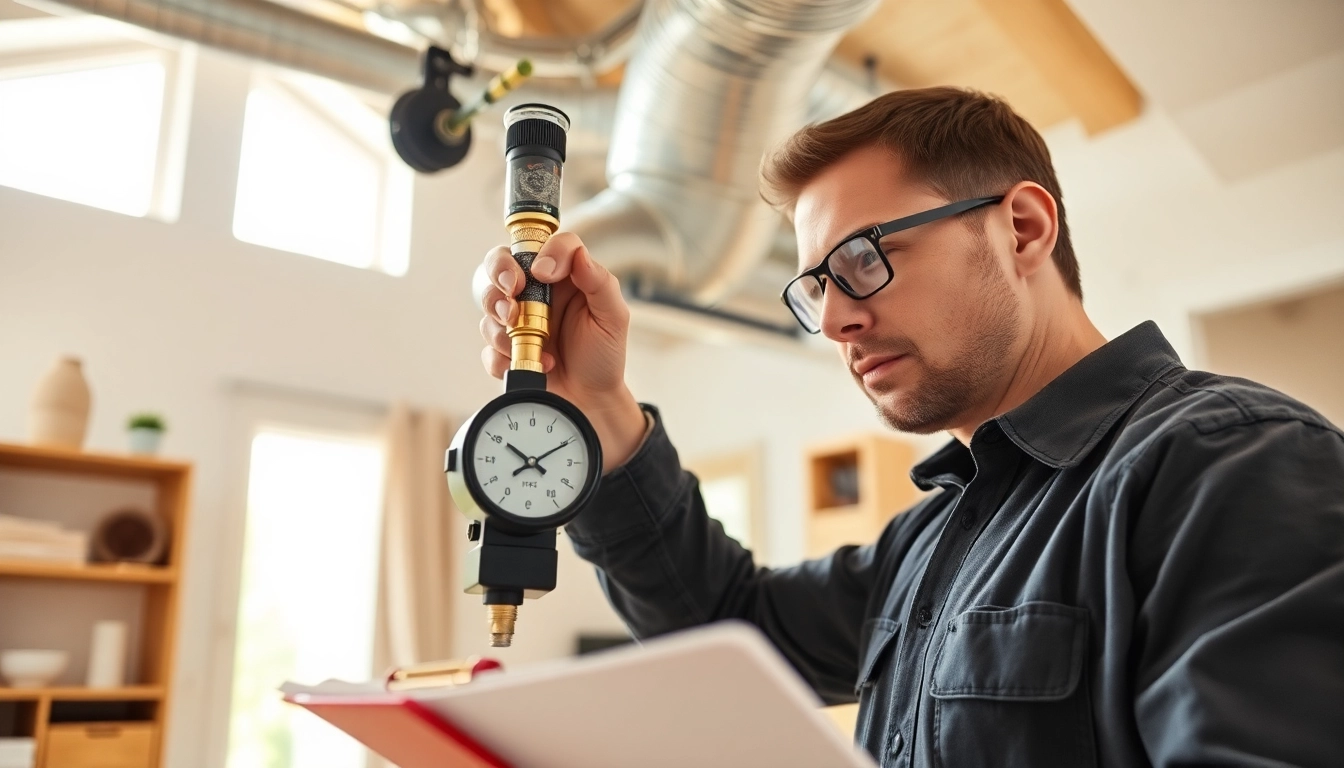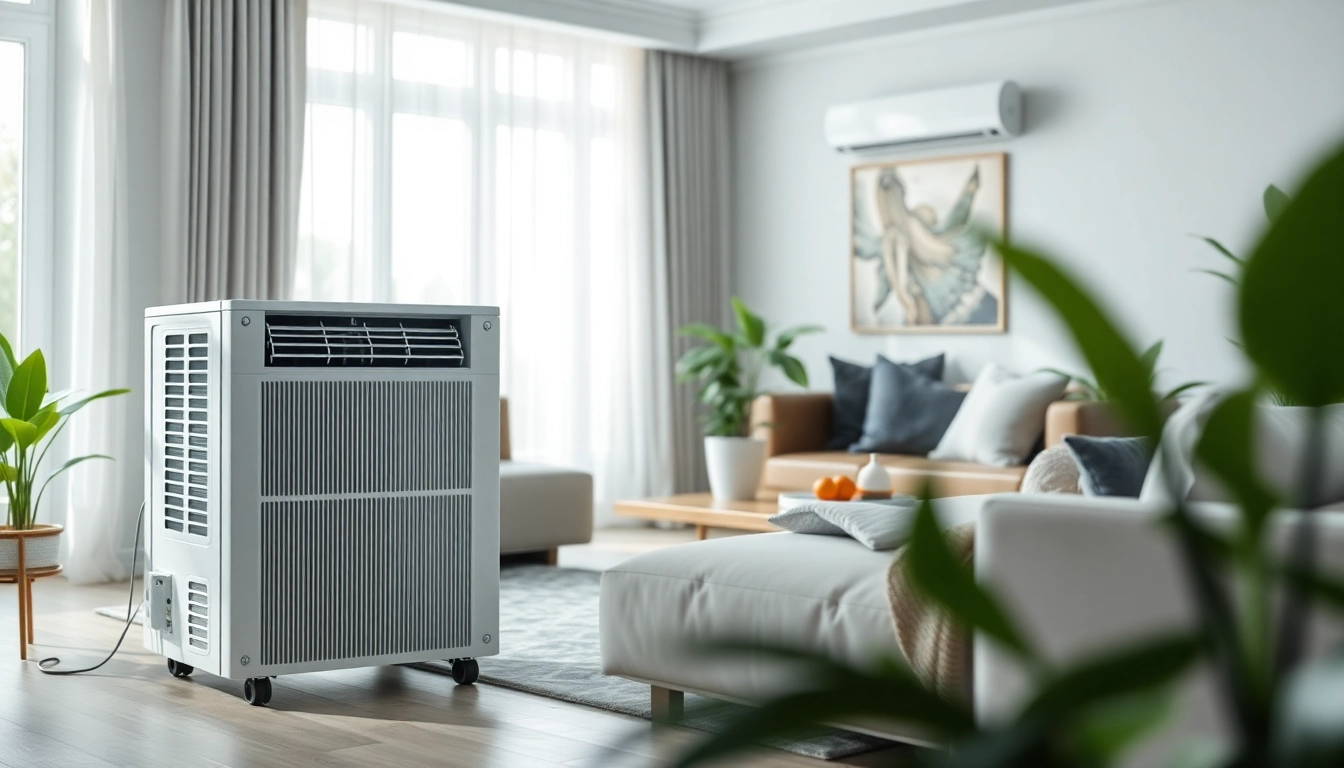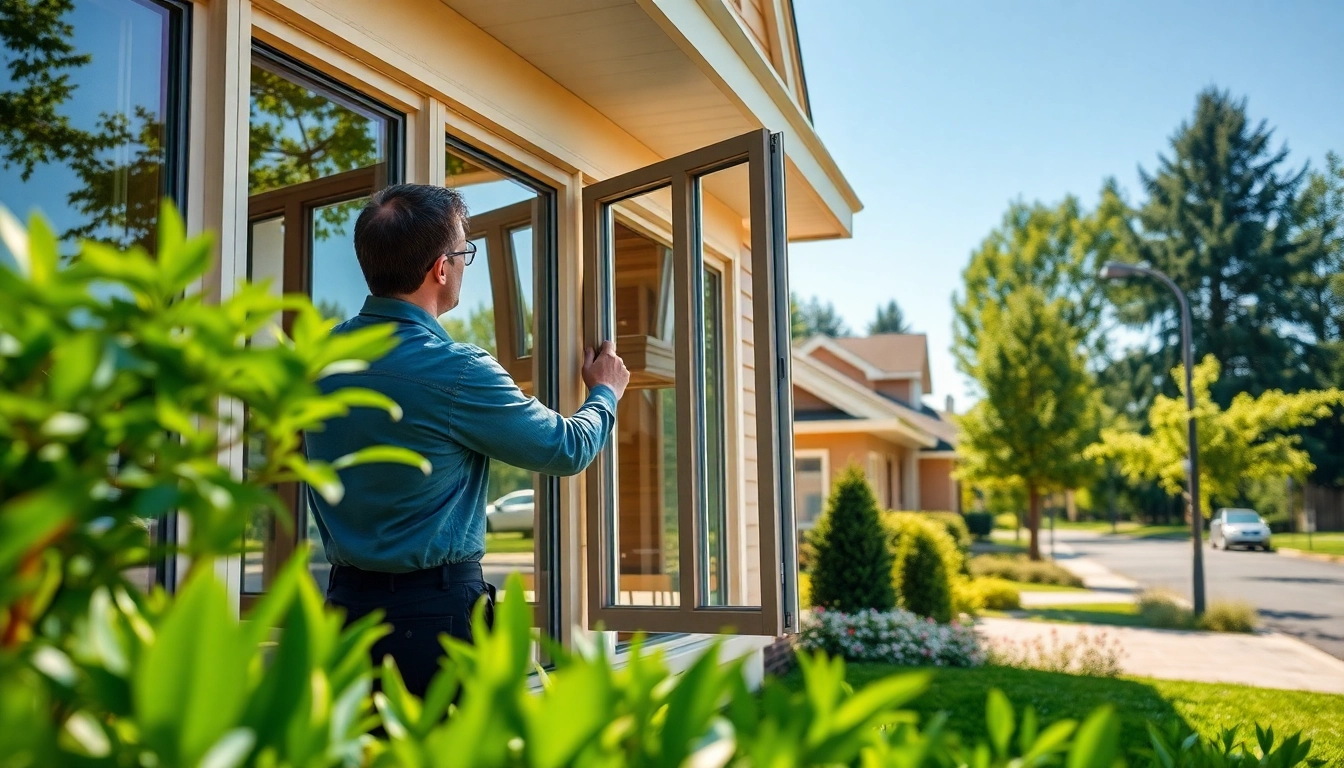What is a Duct Leakage Test?
Definition and Purpose
A Duct leakage test is a procedure used to measure the amount of air escaping from the ductwork of a heating, ventilation, and air conditioning (HVAC) system. This test is crucial for maintaining energy efficiency in buildings, as it identifies leaks in the duct system that can lead to energy loss, increased utility bills, and reduced indoor air quality. The primary purpose of the test is to determine how much air is leaking from the ducts, ensuring that the HVAC system is functioning effectively and efficiently.
How Duct Leakage Affects Energy Efficiency
Leaks in ductwork can significantly compromise the efficiency of an HVAC system. These leaks can lead to improper airflow, causing the system to work harder to maintain desired temperatures. Research shows that poorly sealed ductwork can lead to a loss of 20% to 30% of the conditioned air, which means that money spent on heating or cooling can be wasted. This can cause increased energy bills and ultimately shorten the lifespan of the HVAC system due to overexertion.
Common Methods for Testing
There are several methods for conducting a Duct leakage test, with the two most common being the pressurization test and the blower door test. In a pressurization test, the duct system is sealed, and the air pressure inside the ducts is increased. The amount of airflow required to maintain this pressure is measured, indicating the amount of air leaking out. The blower door test involves using a fan to depressurize the home, allowing for the assessment of how much air is drawn into the ducts from the surrounding areas. Each method has its benefits, and the choice often depends on the specific circumstances of the building being tested.
Why You Should Conduct a Duct Leakage Test
Signs Indicating the Need for Testing
There are several signs that might indicate a need for duct leakage testing. These can include uneven temperatures throughout the house, high energy bills, increased dust or allergens in your home, or inconsistent airflow from heating and cooling vents. Additionally, if your HVAC system is constantly running without significantly changing the temperature, it could suggest that air is escaping through leaks in the ductwork.
Benefits of Regular Testing
Conducting regular duct leakage tests offers multiple benefits. Firstly, it helps in identifying and addressing hidden leaks that could lead to wasted energy and excessive costs. Secondly, regular testing can improve indoor air quality by reducing the infiltration of dust, mold, and other allergens. Lastly, it enhances the overall performance and lifespan of the HVAC system, leading to reduced maintenance costs and potentially minimizing the risk of significant repairs in the future.
Identifying Potential Savings on Energy Bills
By identifying leaks and sealing them, homeowners can significantly reduce their energy expenditures. Studies suggest that sealing ductwork can lead to energy savings of 10% to 20% on heating and cooling costs. These savings can quickly offset the initial cost of the duct leakage test and any repairs that are required. Over time, the cumulative savings on energy bills can be substantial, making it a financially sound decision to invest in duct leakage testing as part of your home maintenance strategy.
Preparing for Your Duct Leakage Test
What to Expect During the Test
During a duct leakage test, you can expect a thorough examination of your ductwork. The technician may start by inspecting the system visually, looking for obvious signs of wear and tear or disconnections. Following this, they will likely conduct one of the testing methods mentioned earlier, measuring the air pressure in the ducts and calculating the leakage rate. The entire process typically takes a few hours, depending on the complexity of the duct system.
Pre-test Checklist
Before the test, it’s helpful to prepare by following a pre-test checklist:
- Ensure access to all ductwork; clear any debris or furniture that may obstruct the technician’s path.
- Check that all vents and registers are accessible and operational.
- Inform the technician about any noticeable issues with your HVAC system, such as strange noises or irregular airflow.
- Ensure that your home is at a comfortable temperature, as this will help in evaluating the HVAC system’s performance more accurately.
Post-test Considerations
After the duct leakage test, the technician will provide you with a detailed report of the findings. It’s essential to discuss the results and understand their implications regarding your home’s energy efficiency and indoor air quality. If leaks were identified, you would need to prioritize repairs based on severity and location. Additionally, scheduling a follow-up testing session is advisable after repairs to ensure that the duct system is sealed correctly.
Results and Analysis of Duct Leakage Tests
Understanding Test Results
Results from a duct leakage test will typically indicate the total volume of air leaking from the duct system. This data is often presented as a leakage rate, measured in cubic feet per minute (CFM) or as a percentage of the total airflow. Understanding these results is critical; a high leakage rate signifies more significant opportunities for improvement in energy efficiency. The report may also provide recommendations for remediation based on the severity of the leakage.
How to Address Leakage Issues
Addressing duct leakage usually involves sealing the leaks with appropriate materials. Common methods include using mastic sealant, foil tape, and duct insulation. It is vital to hire professionals experienced in duct sealing, as improper sealing can lead to further issues. Additionally, any poorly insulated ducts or those located in unconditioned spaces should be insulated or relocated to promote better airflow and energy efficiency.
Long-term Monitoring and Maintenance
Once leaks are addressed, it’s important to establish a plan for long-term monitoring and maintenance of your duct system. Regular inspections, ideally every few years, can help ensure that new leaks do not develop and that your HVAC system operates at peak efficiency. Homeowners can also invest in filtration systems and air quality monitors to continually assess the indoor air conditions and promptly address any emerging issues.
Choosing Professionals for Duct Leakage Testing
Qualities to Look for in Testers
When selecting a professional for duct leakage testing, certain qualities can help ensure a reliable service. Look for certified technicians with specific training in duct sealing and airflow analysis. They should have experience with different types of duct systems and be able to provide references or reviews from previous clients. Additionally, insurance and warranties on services can provide added peace of mind.
Cost Considerations
The cost of duct leakage testing can vary widely based on geographical location, the complexity of the duct system, and the specific methods employed. On average, homeowners can expect to pay between $300 and $600 for a comprehensive test. While this may seem like a significant investment, consider the potential long-term savings on energy bills and the improved comfort and air quality within your home.
Recommended Practices for Homeowners
Homeowners are encouraged to be proactive in maintaining their duct systems. Regular duct cleaning, sealing, and insulation checks should be part of an overall home maintenance strategy. Additionally, becoming involved in local energy efficiency programs can be beneficial, as these may offer incentives for conducting duct leakage tests and improving overall home energy performance. By prioritizing duct maintenance and testing, homeowners can enhance their home’s comfort, performance, and energy efficiency.














Leave a Reply